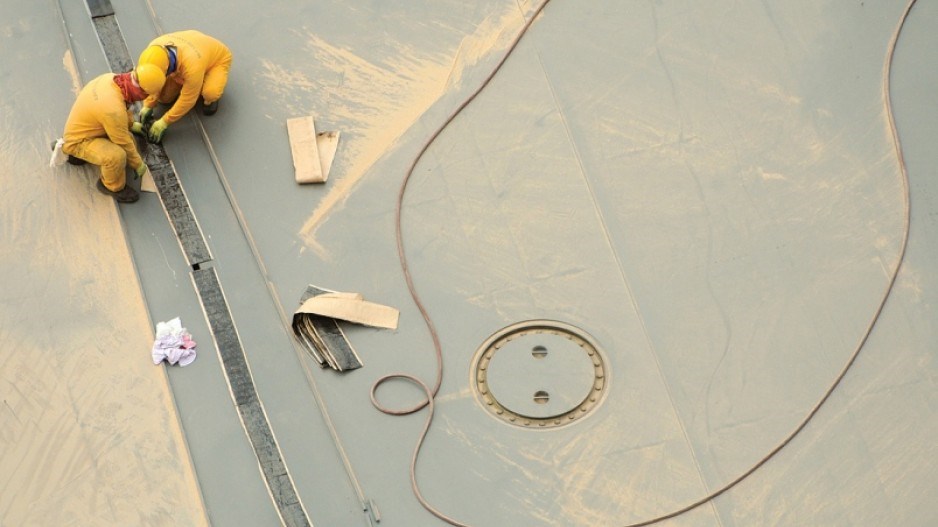The year 2016 proved to be a very busy one for North Vancouver’s waterfront terminals, according to annual statistics released by the Vancouver Fraser Port Authority.
Metallurgical coal, which is loaded at Neptune Terminals, was up 1.8 per cent over 2015’s already record volumes. Grain, crops and feed, like the kinds exported from Richardson International and Cargill Canada’s terminals was up 1.4 per cent, also a new record. The one notable exception for commodities handled on the North Shore was fertilizer like potash, which was down 7.6 per cent overall, although still the second highest year for potash exports ever.
“Really, it’s a good story for the North Shore with records in (metallurgical) coal, records in grain and a strong year in potash, which really shines a light on why we’re seeing the levels in investment in port capacity on the North Shore that we’re seeing,” said Robin Silvester, the port’s president and CEO. “Even with a weaker year internationally, the fact that we had a record year shows the strength of the industry in Canada.”
The most recent of those investments is the G3 grain terminal, which is starting construction this month at the foot of Brooksbank Avenue.
The solid trade year comes as the federal government may be eyeing changes to the port’s Crown ownership and operations. Late last year, the Canada Development Investment Corp. contracted investment bank Morgan Stanley Canada to prepare a report on the possible privatization of the port, something Silvester is cautioning against.
Currently, decisions are made by the port’s board of governors, which is appointed by the federal and provincial governments and industry members with one seat reserved to represent the 16 municipalities in the port’s jurisdiction.
Silvester said that model has served the port and Canada well and produced laudable projects for all parties, the Low Level Road project being a good example.
“It was a complex project to deliver but a project I think everybody looks back on and now says ‘That’s a really good project,’” he said, noting that it has allowed North Vancouver’s port terminals to expand or improve rail access, it provided slope stabilization, which otherwise the City of North Vancouver would have been on the hook for, and it allowed for an improved road, bike lanes and Spirit Trail connections.
“It’s a really good example of how the governance structure that we have forces us to think about balancing the complex priorities of enabling Canada’s trade, protecting the environment and considering communities’ needs and I would say we do a good job of that.”
The port currently pays a stipend to the federal coffers based on revenues it collects from tenants and fees. Adding in another middleman looking for a profit margin may harm trade overall, he added.
“We are a quasi-monopoly but we are very thoughtful about the level of fees we set for using the port, the level of rents we set. We’re very conscious that our core mandate is to enable Canada’s trade, not to just make as much money as we can,” he said.
Silvester said he has raised this with cabinet.
“We’ve highlighted to them exactly these sorts of things – what are the advantages or the benefits of the current model that is the envy of many of our competitors and what they should think very carefully about if they do decide to make changes in the governance structure,” he said.




